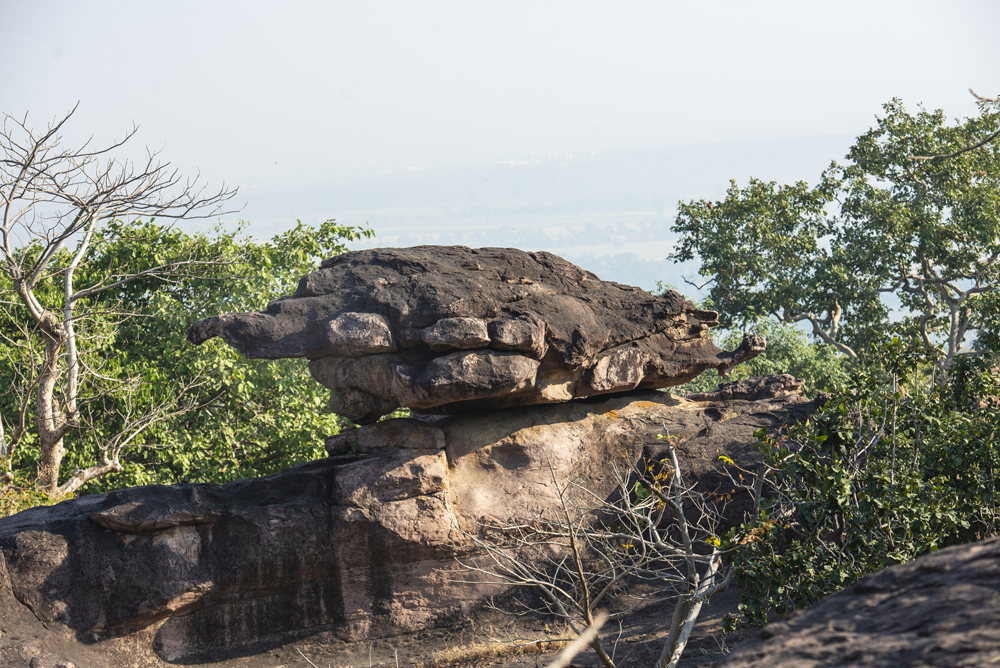

The Bhimbetka rock shelters, located in the Raisen District of Madhya Pradesh, India, are renowned for their historical significance and intriguing prehistoric rock paintings. These ancient dwellings are a testament to the early human life that once thrived in the Indian subcontinent.
Bhimbetka's journey into the annals of tourism began in earnest following its rediscovery by Indian archaeologist Dr. V.S. Wakankar in 1957. It was after this that Bhimbetka rose from relative obscurity to prominence. Recognized for its exceptional contribution to our understanding of early human history, Bhimbetka was designated a UNESCO World Heritage Site in 2003, bolstering its appeal as a tourist destination.
The caves are a fine example of the Paleolithic Age in the Indian subcontinent, featuring rock paintings estimated to be 30,000 years old. The number of tourists began to swell as awareness spread about this archeological gem. The shelters display scenes of hunting, dancing, music, horse and elephant riders, animal fighting, honey collection, decoration of bodies, disguises, masking and household scenes, striking a chord with both history buffs and the culturally curious.
Recently, there has been a push towards promoting sustainable and responsible tourism in Bhimbetka to ensure the protection and preservation of the delicate prehistoric art while accommodating tourists. Accessibility has improved over the years, with better roads and guided tours being offered. Digital augmentation, like virtual tours and information apps, is on the rise, merging technology with history to enhance the visitor experience.
In contemporary times, the culmination of the COVID-19 pandemic brought a shift in tourism trends. There is an increased preference for open and less crowded spaces, and Bhimbetka, with its expansive open-air exhibit spanning several kilometers, fits the bill perfectly.
Moreover, the site has not only attracted tourists but also researchers and historians keen on studying early human life, leading to a form of educational tourism. Workshops, seminars, and educational field trips are becoming somewhat regular, adding another layer to Bhimbetka's tourism facet.
Finally, efforts are underway to improve local communities' participation in tourism, which promises economic benefits and cultural exchanges. Visitors to Bhimbetka are increasingly interested in immersive experiences that include local guide narratives, regional cuisine, and traditional arts and crafts.
When planning a visit to Bhimbetka, it's recommended to check on the weather and choose a time during the cooler months from October to March. The site is open to visitors throughout the week, and it's advisable to come early to avoid crowds and heat while enjoying a peaceful walk through history.
Bhimbetka stands as a doorway to our prehistoric past, blending its ancient allure with modern tourism trends. It offers a unique glimpse into human history and continues to be a significant educational and culturally enriching experience for visitors from around the world. Its classic appeal combined with contemporary interests continues to make it a cherished destination for all those who tread on its ancient grounds.